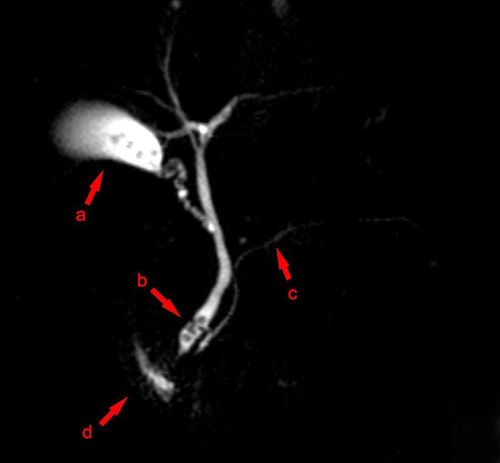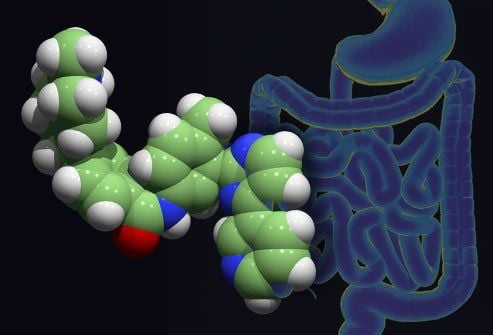This is an automatically translated article.
The article is professionally consulted by Master, Doctor Ton Nu Tra My - Department of Diagnostic Imaging - Vinmec Central Park International General Hospital. The doctor has many years of experience in the field of diagnostic imaging.1. Overview of Magnetic Resonance Imaging (MRI)
1.1 What is magnetic resonance imaging? Magnetic Resonance Imaging - abbreviated as MRI - is one of the most modern and effective diagnostic imaging methods, providing clear, realistic images, helping to accurately diagnose the patient's condition. Patient managementThis technique uses radio waves and magnetic fields to create tomography. In principle, under the influence of radio waves and magnetic fields, the hydrogen atoms in the body will absorb and release energy. The process of releasing energy is picked up by a magnetic resonance imaging machine, processed, and then converted into images.
1.2 Advantages of Magnetic Resonance Imaging Magnetic resonance imaging has high sharpness and contrast, allows anatomical details to be seen, and 3D images can be reproduced for the physician to see more intuitive. In many cases, MRI has a better diagnostic effect than X-ray, computed tomography or ultrasound techniques. At the same time, MRI also does not use radiation, so it is very safe and highly appreciated in the diagnosis of current diseases.
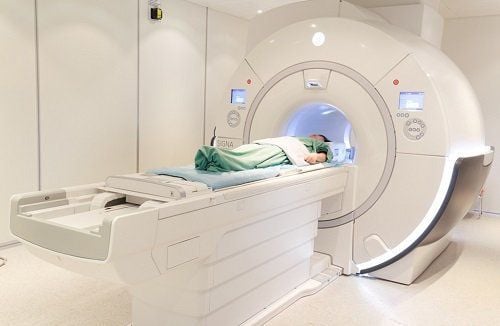
2. What organs is MRI applied to?
Magnetic resonance imaging is often performed for the following organs:Brain: MRI scans help detect diseases related to the brain such as traumatic brain injury, brain tumor, cranial nerve tumor, epilepsy, bleeding cerebral hemorrhage, encephalitis, meningitis, cerebrovascular accident, birth defects in the brain,...; Eyes: Magnetic resonance imaging helps doctors detect damage to the optic nerve, eyeball and related diseases in the eye area; Neck area: MRI scan helps to detect lesions in the neck, cervical lymph nodes, throat cancer,...; Spine: MRI scans help detect diseases related to the spine, discs, spinal cord, ligaments such as herniated discs, vertebral compression fractures, spinal injuries, cancer of the spinal cord, myelitis, .. .; Mammary gland: MRI scan supports the diagnosis of diseases related to the mammary gland such as breast cancer, mastitis,...; Abdomen - pelvis: Magnetic resonance imaging helps to check and detect diseases of the liver, bile, pancreas, spleen, digestive system,... such as cholangiocarcinoma, liver tumor, gallstones,... At the same time, This imaging method also helps to check the stage of cancer development, evaluate the pathology of the pelvic region,... such as uterine tumor, vaginal prolapse, ovarian tumor, rectal cancer, pre-cancer. paralytic , ...; Musculoskeletal - joint: MRI scan method helps to evaluate in detail the structure of bones, joints, muscles and ligaments, detect cartilage disease, inflammation, joint injury, joint effusion,...; Heart - blood vessels: MRI helps doctors diagnose cardiovascular diseases such as blockage of blood vessels, myocardial infarction, problems on the lymphatic system,...; Other techniques: The MRI method can also be used for pregnant women to help diagnose birth defects of the fetus in some necessary cases.
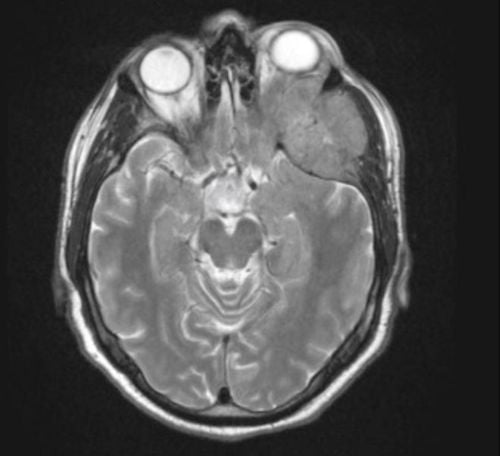
3. Notes when taking an MRI
3.1 Before the MRI The patient can eat, drink and take prescribed medications normally. In some cases, the patient may be asked by the doctor not to eat or drink anything 4 hours before the scan to get a better picture; Patients are surveyed about their current health status, medical conditions,... Then, the doctor will explain the benefits, risks, and imaging procedures. Relative or absolute contraindications for patients with magnetic metal objects placed in the body such as bone screws, pacemakers, metal joint replacements. Before the scan, the patient is asked to remove magnetic metal objects from the body. 3.2 During the MRI The patient lies on the bed. The patient needs to keep the body part to be examined during the scan until the doctor announces the end; During the MRI scan, the scanner will make quite a noise, so the patient needs to wear earplugs to limit the noise and hear the instructions of the medical staff more clearly; In some cases, patients are prescribed contrast medicine to help tissues and blood vessels show up more clearly and in more detail. In some cases, the patient may need to be prescribed an anesthetic or sedative before the scan.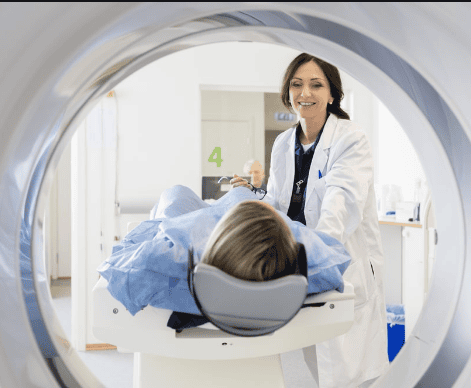
Vinmec International General Hospital with a system of modern facilities, medical equipment and a team of experts and doctors with many years of experience in medical examination and treatment, patients can rest assured to visit. examination and treatment at the Hospital.
Please dial HOTLINE for more information or register for an appointment HERE. Download MyVinmec app to make appointments faster and to manage your bookings easily.






